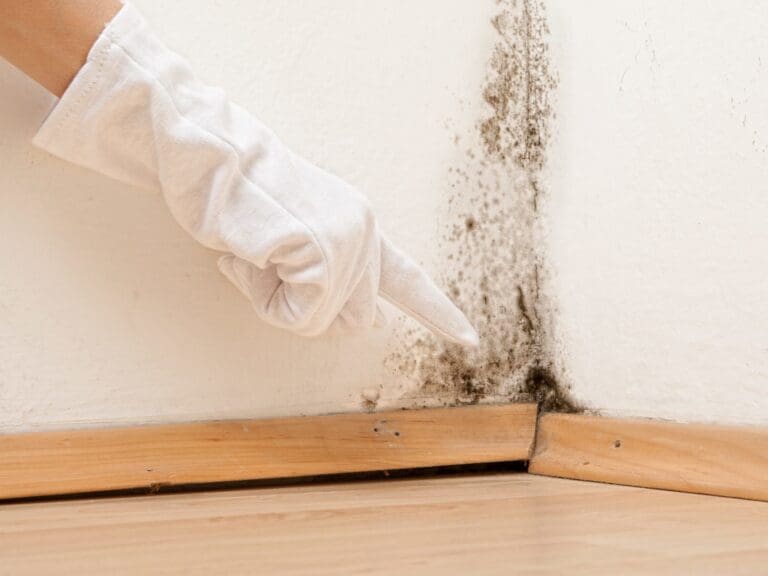
Take proactive steps to ensure a healthy living environment. Our guide provides practical tips and insights for accurate mold testing at home. Don't let mold go unnoticed – discover how to identify and address it today.
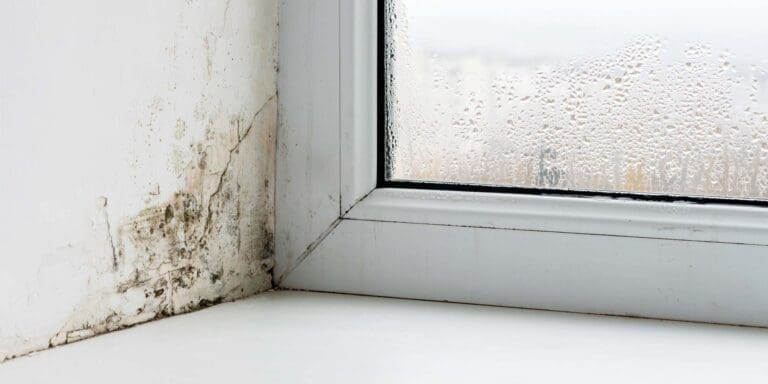
Mold isn't always easy to see or smell. It can hide in secret spots, like behind walls or under floors. That's why mold inspection and testing can help. Professionals can use special tools to find mold, even if you can't see it.
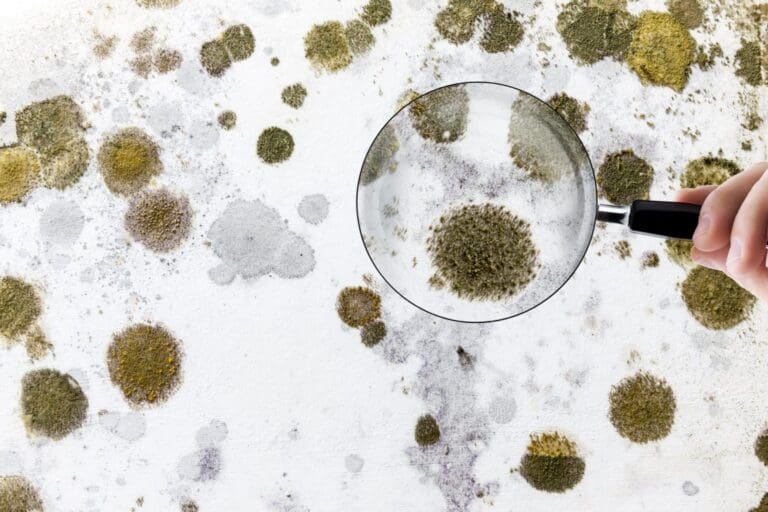
Finding mold in your house is like spotting an unwanted visitor. It's not always easy to see, but there are signs. Look out for weird colors on walls and sniff for a musty smell. Mold loves wet places, so check where there might be leaks or water troubles.
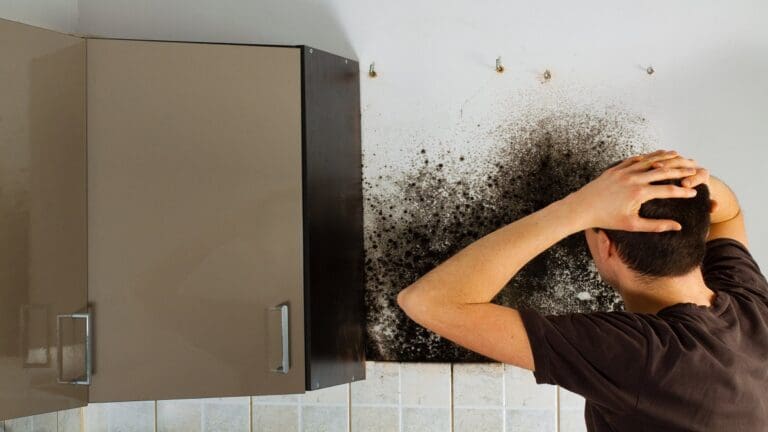
Black mold is a sneaky problem that can hide in homes. It looks like dark spots on walls and feels slimy or fuzzy. Imagine it's like a quiet, invisible visitor that can make people sick if not found and taken away.
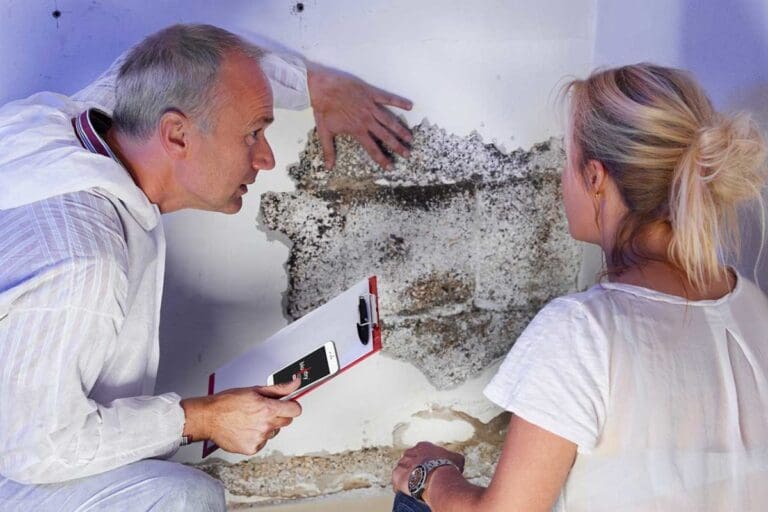
When looking for mold in your home, you can start by using your eyes to do a visual inspection. Look closely at walls, ceilings, and other places. Mold may look like black or green spots. If you see any weird colors or spots, that might be mold.
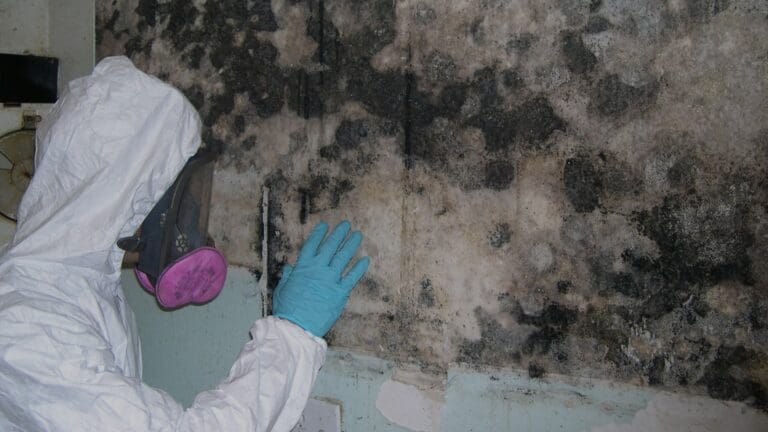
It's like gathering evidence to know more about the mold hiding in your house. The collected samples help experts figure out what kind of mold is around and how much there is. This is an important part of mold testing and inspection.
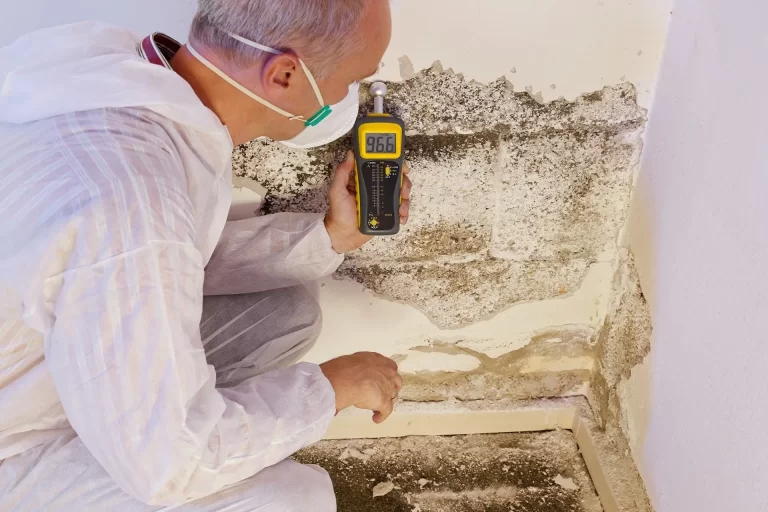
Mold testing helps us check if there are tiny things called mold in our homes. Mold can be in the air we breathe and on surfaces. There are different ways to do mold testing by using special machines to catch mold in the air.
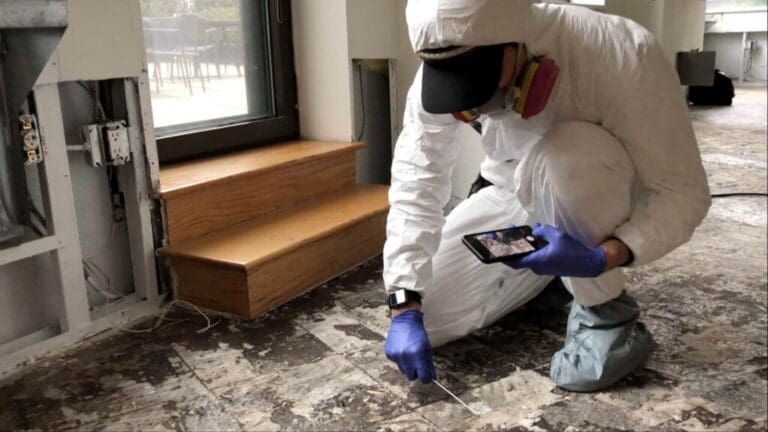
Testing for mold is like being a mold detective. You know, like those detectives in books or movies who solve mysteries? Mold is a sneaky thing that hides in walls, and you can't always see it. So, testing helps us find where it's hiding.
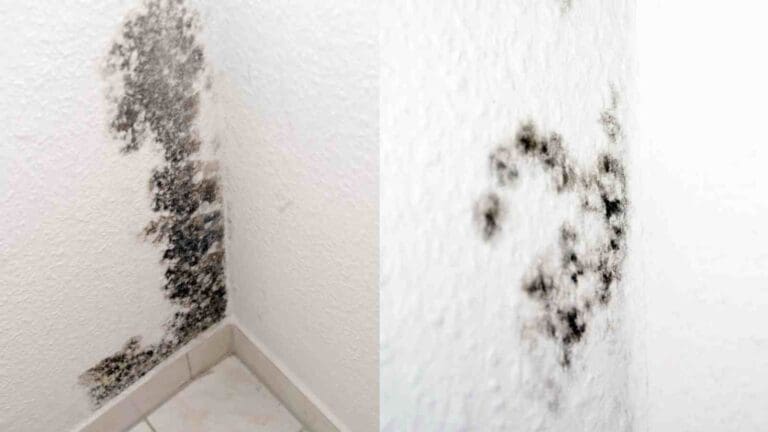
Black mold is a sneaky problem that can hide in our homes. It's like a quiet troublemaker that can make people sick if we don't find it. To spot black mold, look for dark spots on walls or ceilings. Sometimes it can feel a little slimy, like wet paper.
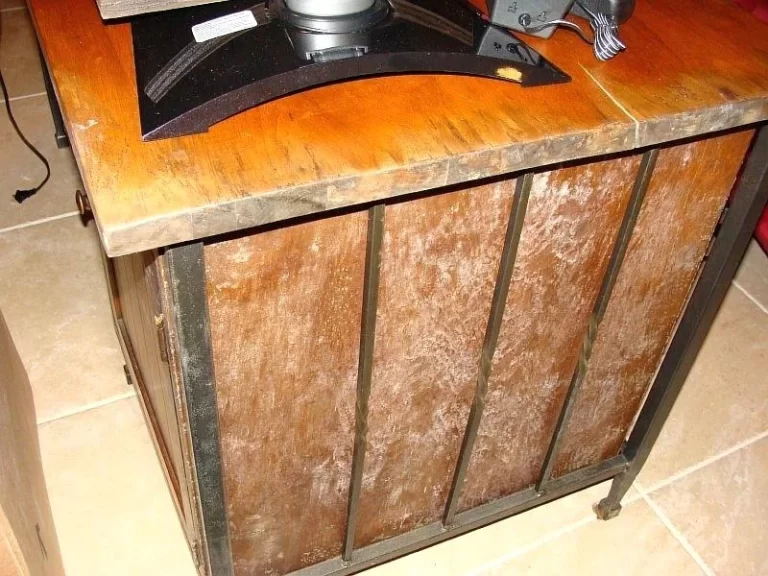
Once we find it, we're going to clean it up using a special mix of things like vinegar and water or peroxide and water. We'll gently scrub the mold away with a soft brush. After that, we wipe it clean and let the wood dry.









